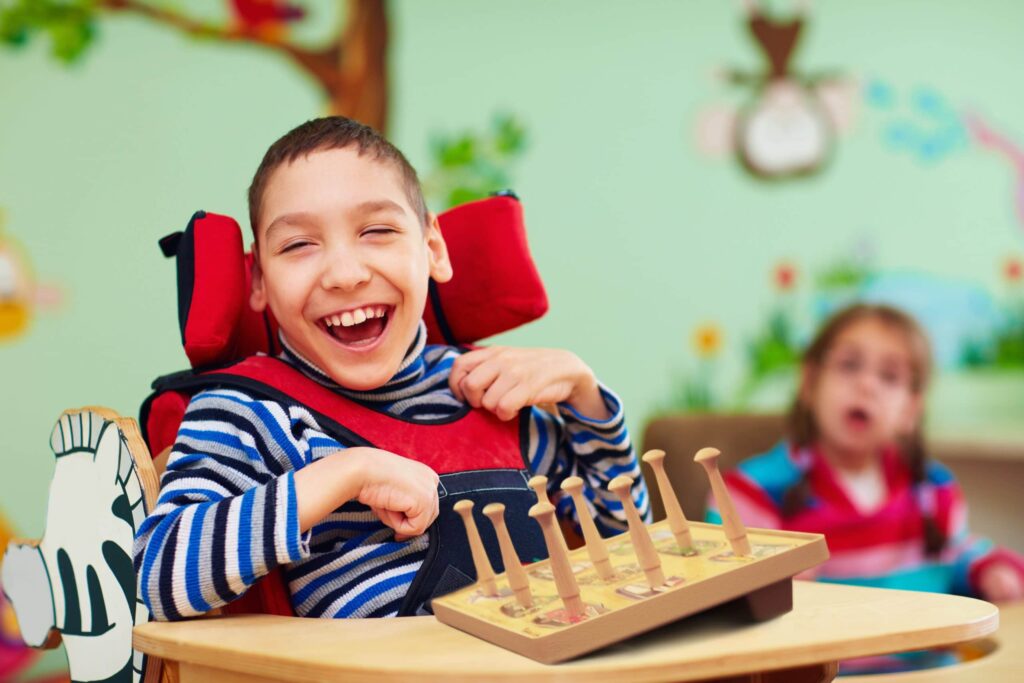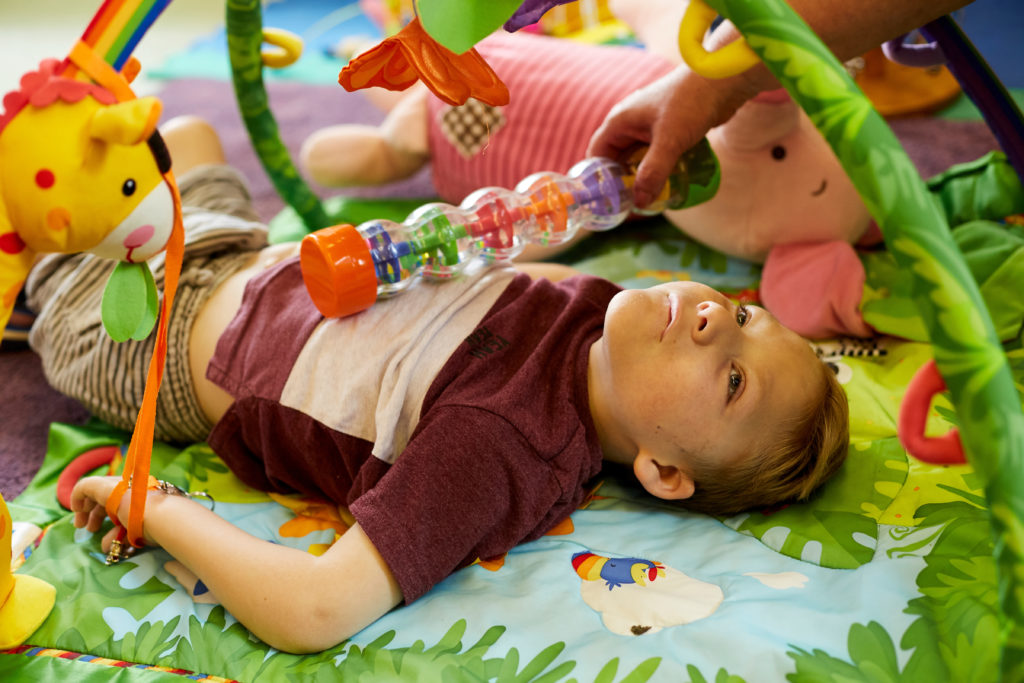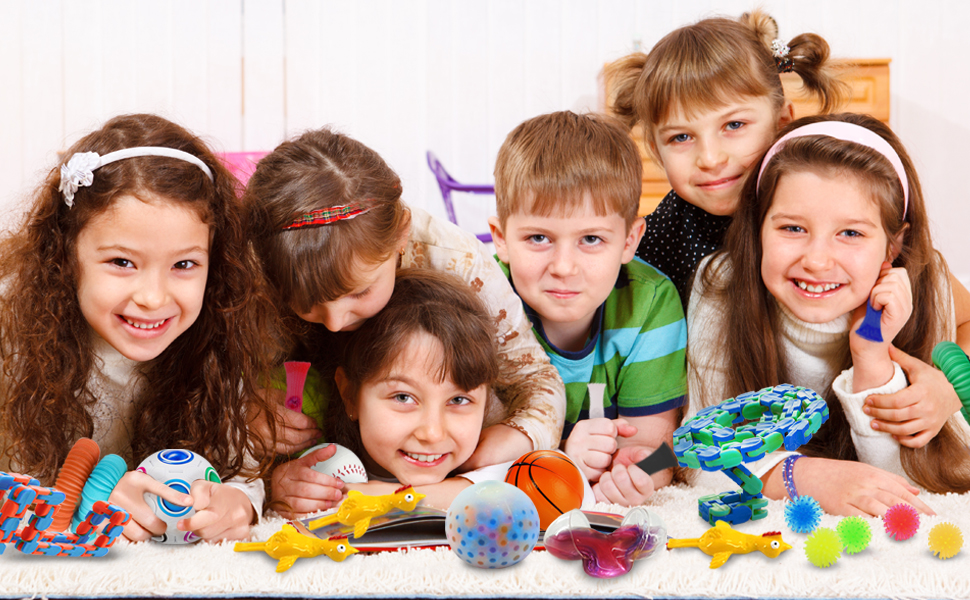sensory toys
wholesale best sensory toys in bulk
Welcome to startinal toy, where you can find a wide range of new sensory toys, sensory accessories and tools, therapy toys for children with autism, and various other popular sensory education toys! Our collection is specifically curated to cater to the needs of individuals with sensory challenges, developmental delays, autism, or other special needs. Our team of experienced pediatric occupational therapists hand-selects all our therapy toys and special education sensory toys to ensure their quality and effectiveness.
By shopping with us, you can provide children with the opportunity to develop essential sensory motor skills, stimulate crucial senses, and enhance sensory integration. We understand the importance of addressing sensory differences, and that’s why we offer a diverse selection of top-notch sensory toys, special needs toys, toys for autistic kids, and other elusive sensory products.
Explore our extensive range of products designed to support children in their sensory journeys and help them thrive!
best sensory toys for special needs
sensory toys stores online
Search Product
SENSORY INTEGRATION TOYS
- Fine Motor Skills
- Gross Motor Skills
- Spatial Awareness
- Bilateral Coordination
- Games For Team Work
- Sensory Balls & Fittings
SENSORY ROOM TOYS
- Sensory Blocks
- Sensory Wall Toys
- Sensory Play Toys
- Sensory Equipment
SENSORY OUTDOOR TOYS
- Soft Sensory Toys
- Sensory Play Mats
- Sensory Outdoor Equipment
SENSORY THERAPY TOYS
- Sensory Seeking Toys
- Sensory Calming Toys
- Sensory Learning Toys
- Five senses therapy toys
- Sensory Development Toys
- Sensory Toys For Speech Therapy
- Sensory Processing Disorder Toys
Showing all 5 results
-
Rated 0 out of 5
..
-
Rated 0 out of 5
Kids Coordinationexercise Set Balance Stepping Stones
Start your sensory items
Start your sensory items with startinal toy! We specialize in providing a diverse range of wholesale sensory education and special needs toys. Our carefully curated collection is designed to ignite imagination, promote development, and enhance sensory experiences for children with autism, sensory challenges, and other special needs. Embark on a sensory journey with us and discover the transformative power of play!
custom sensory toys
Experience the magic of custom cool sensory toys with our tailored service. We create personalized sensory toys that cater to individual needs, sparking joy and promoting sensory exploration for children with diverse abilities.
cheap sensory toys
Discover a world of discount sensory toys at our store. We offer a wide range of good sensory toys at affordable prices, including cheap disability sensory toys. Take advantage of our bulk buy options and bring joy to many with our quality sensory toys.
free sensory toys samples
As a leading sensory toy wholesaler, we offer a unique service of free sensory toy samples. Explore our diverse range of products, to find the perfect sensory toys for your customers.
Our Classes
sensory toys by age
newborn sensory toys
sensory toys for infants
sensory toys for preschoolers
sensory toys for early years
sensory toys for teens
Our Classes
Selected sensory products
sensory balls
sensory sticks
sensory boards
chewy sensory toys
sensory ring
sensory fidget toys
vibrating sensory toys
spinning sensory toys
sensory gifts
sensory toy pack
Our Classes
Unuploaded Bulk Sensory Toys Wholesale

stress sensory toys
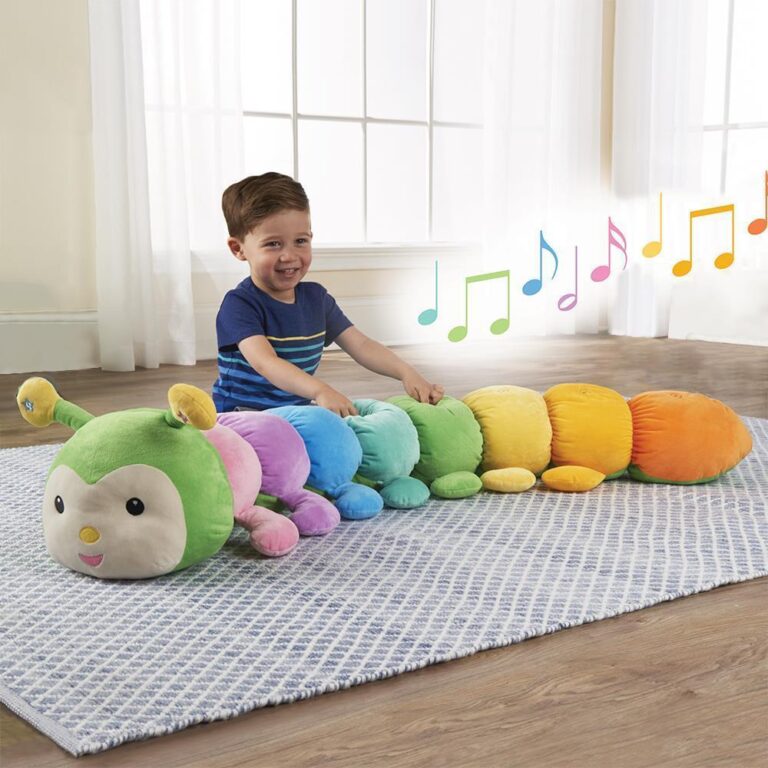
special needs musical sensory toys
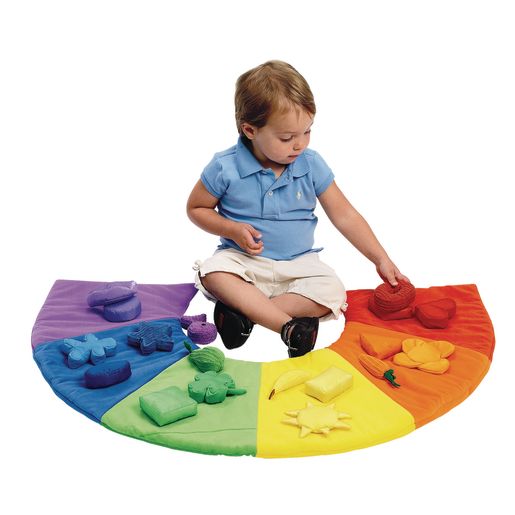
fabric sensory toys
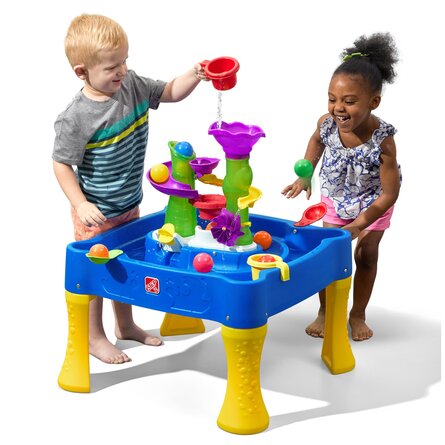
water sensory toys
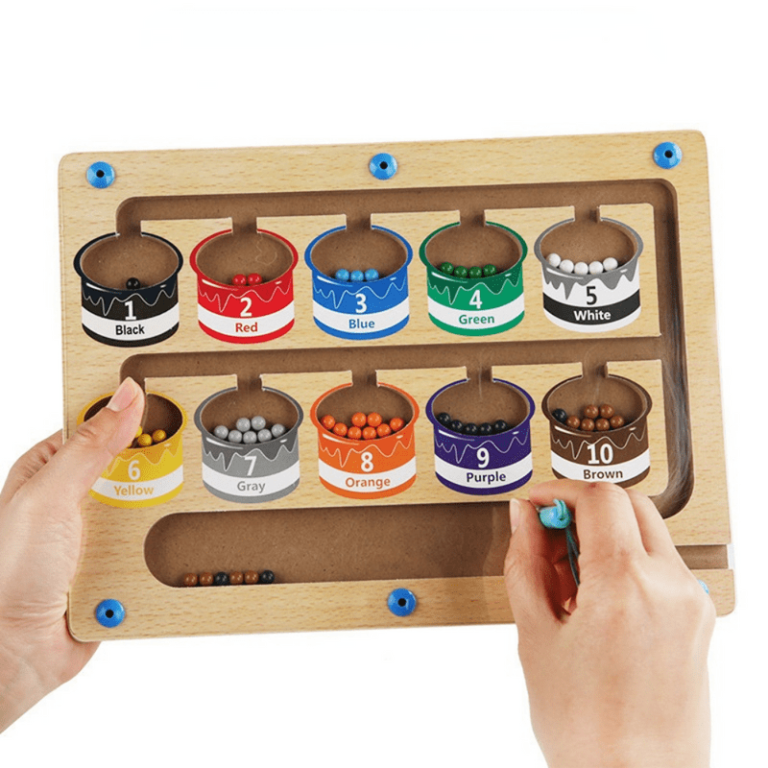
magnetic sensory toys
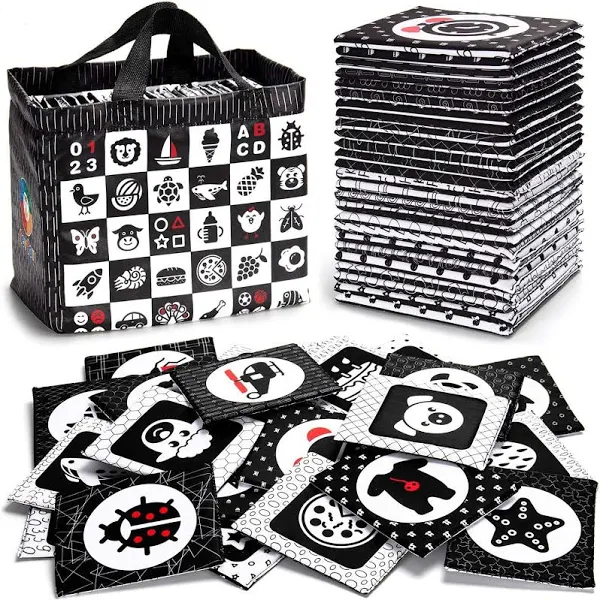
black and white sensory toys
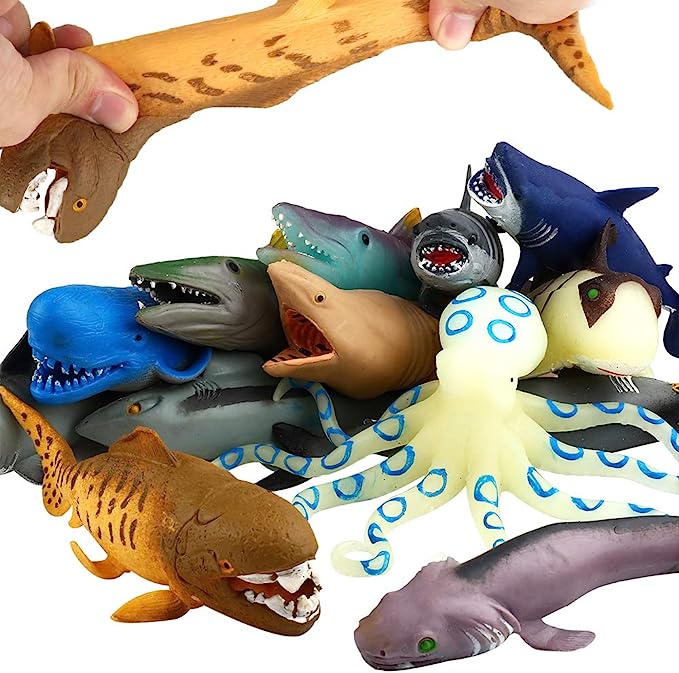
rubber sensory toys
silicone sensory toys
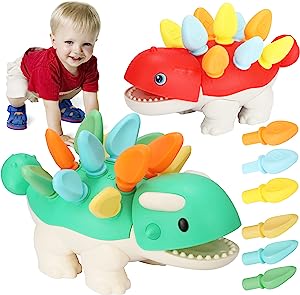
dinosaur sensory toys
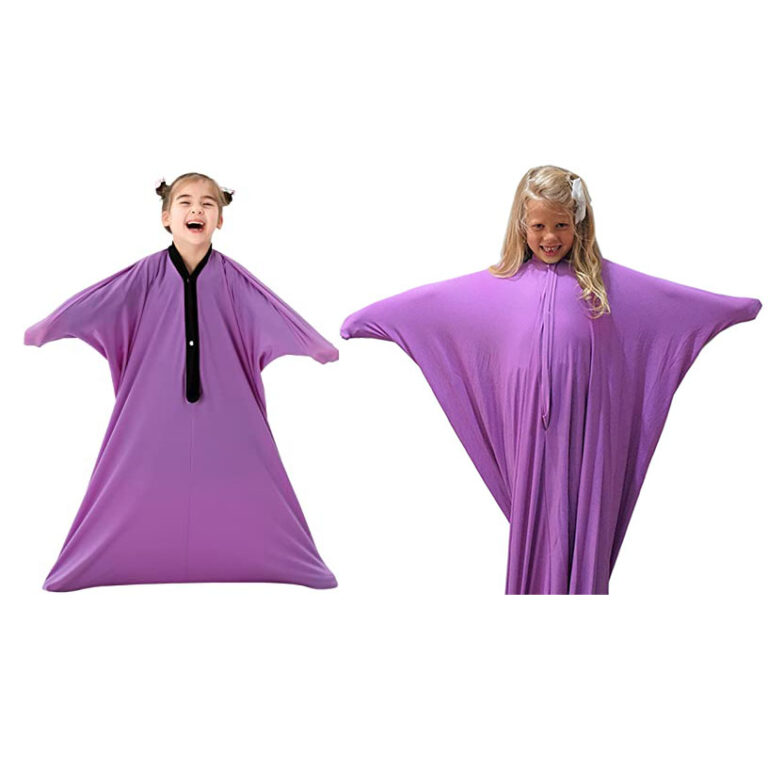
deep pressure sensory toys
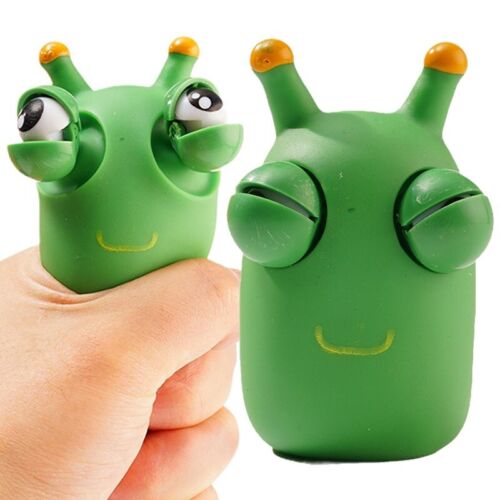
sensory toys for pinching
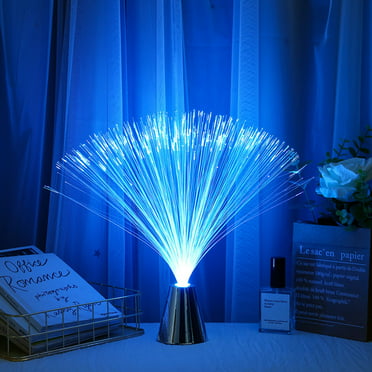
fiber optic sensory toys
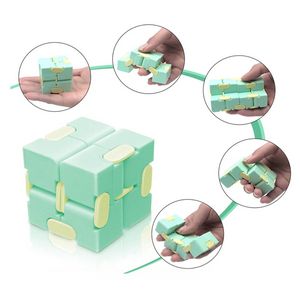
quiet sensory toys
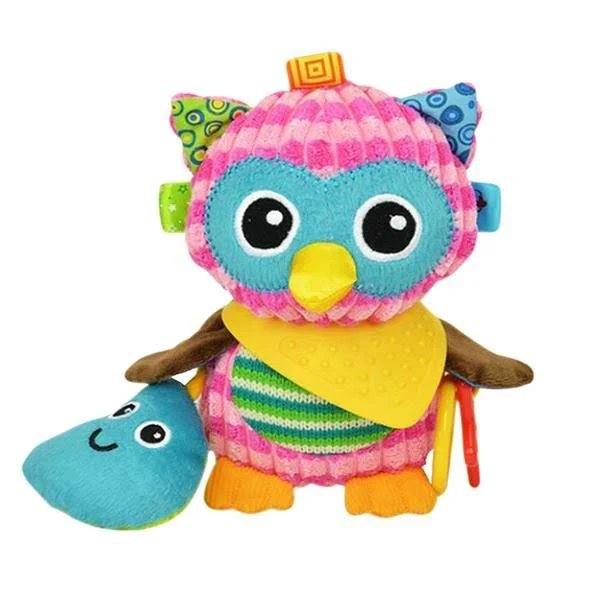
multi sensory toys

glow in the dark sensory toys
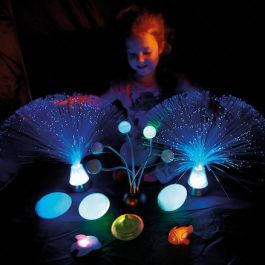
black friday sensory toys
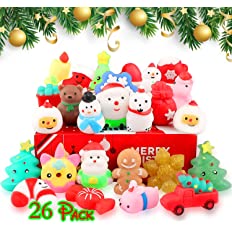
christmas sensory toys
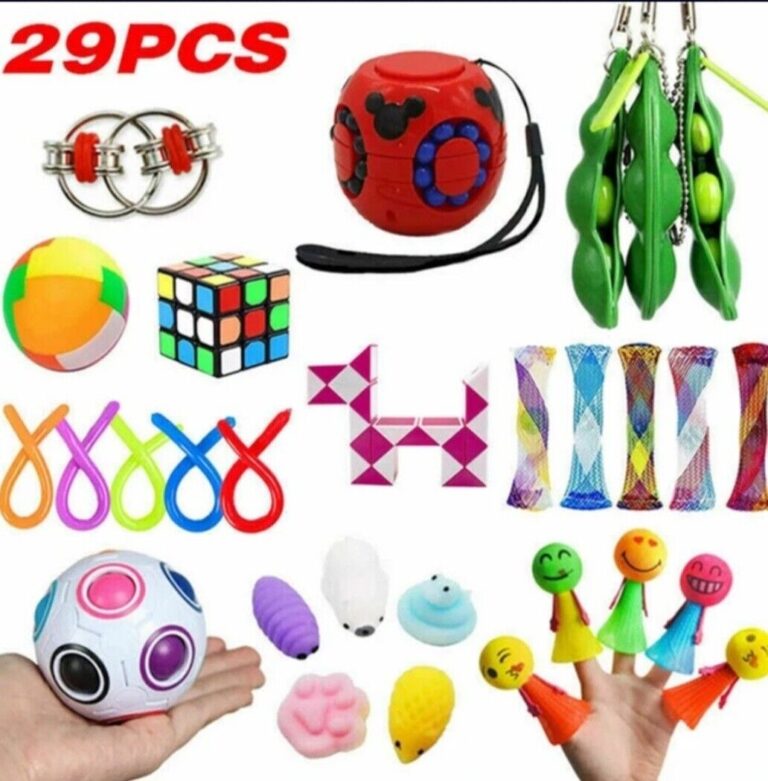
ebay sensory toys
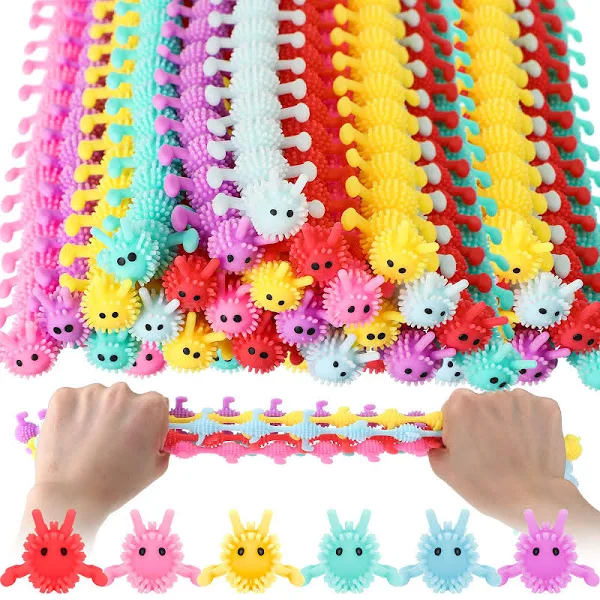
stretchy sensory toys

bubble sensory toys

wooden sensory toys
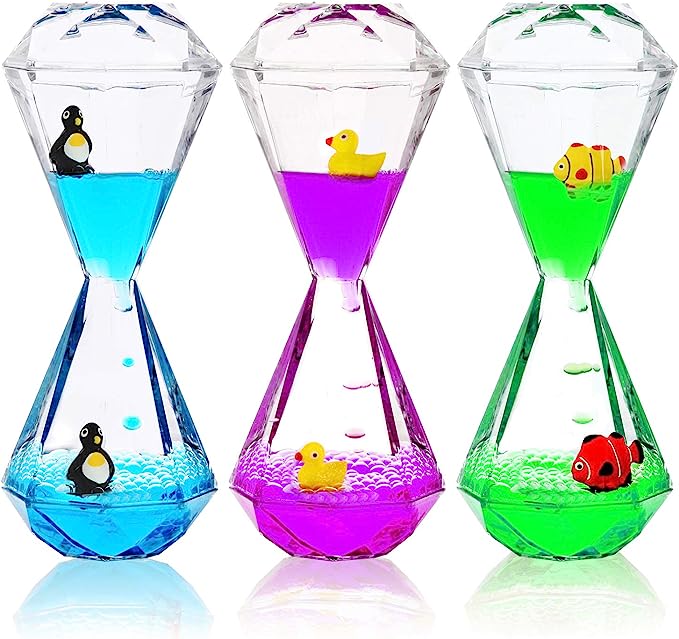
liquid sensory toys
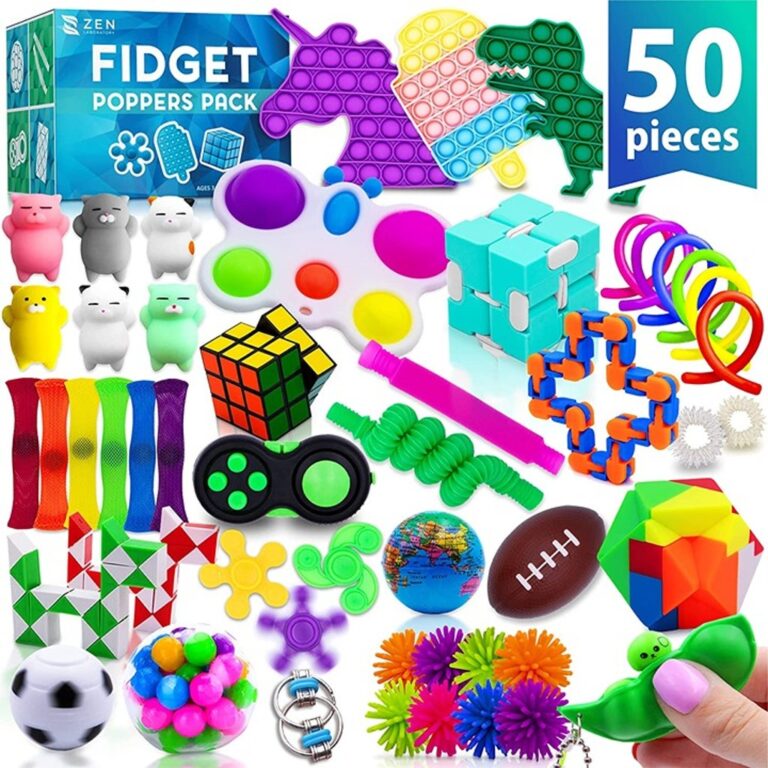
sensory toys for adults
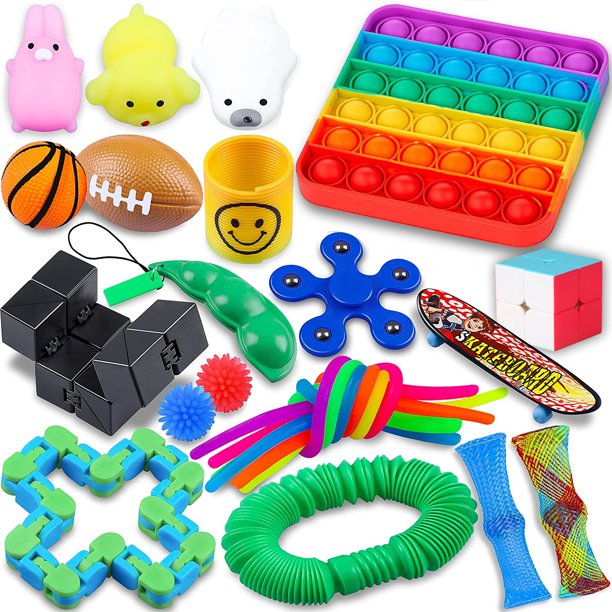
small sensory toys
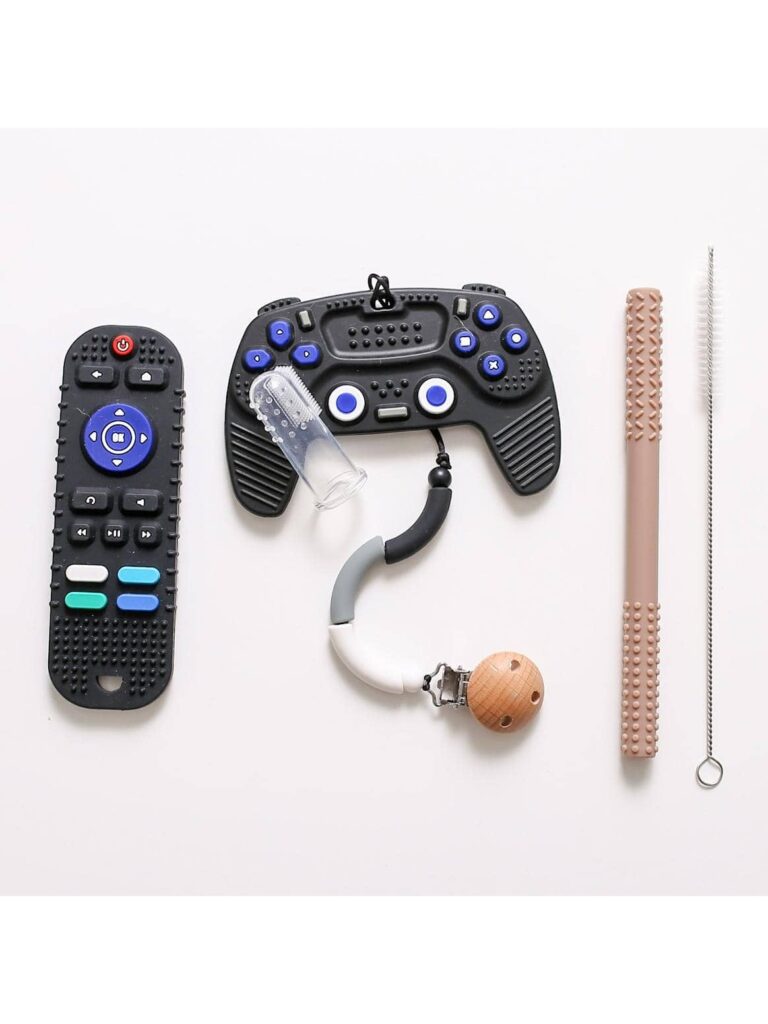
texture sensory toys
Our Classes
-
Sale Children Catch Ball cups Toys Set Plastic Cup Ball Toss Game
Rated 0 out of 5 -
..
Rated 0 out of 5 -
Kids Coordinationexercise Set Balance Stepping Stones
Rated 0 out of 5 -
Kids teamwork educational plastic sensory training balance toy stepping stone for kids
Rated 0 out of 5
Choose according to your environment
- Workplace
- School
- Therapist
I’m an adult on the autism spectrum….
When I put the vest on, it feels like I’m getting the best hug ever.
Smith
Customer
The Chillspa and Action Rooms are helping our students with self regulation, which then carries over into the classroom learning.
Beverly Bernstein
OROT Educational Director
-
View More
Rated 0 out of 5
Kids Coordinationexercise Set Balance Stepping Stones
-
View More
Rated 0 out of 5
Kids Coordinationexercise Set Balance Stepping Stones
We always have a great experience with Fun and Function and refer parents to your site. Most of all, we love your weighted compression vest since we see the biggest change when kids wear it.
Melinda Lunn, OTR/L
Cross Therapy Services, Fayetteville, AK
sensory toys ultimate guide
types of sensory toys
Exploring the Diverse Types of Sensory Toys for Enhanced Development and Engagement
Introduction:
Sensory toys play a vital role in promoting sensory development, engagement, and overall well-being in individuals of all ages. From tactile exploration to auditory stimulation, these toys offer a range of benefits for children and adults with diverse abilities. In this article, we will delve into the various types of sensory toys available, each designed to target specific senses and support different aspects of sensory integration.
1. Tactile Sensory Toys:
Tactile sensory toys focus on stimulating the sense of touch. They come in different textures, shapes, and materials, providing individuals with opportunities for exploration and sensory input. Examples include squishy balls, textured fidget toys, sensory brushes, and sand or water play sets.
2. Visual Sensory Toys:
Visual sensory toys captivate the sense of sight, encouraging visual tracking, focus, and stimulation. These toys often incorporate vibrant colors, moving parts, and visually stimulating patterns. Light-up toys, visual timers, projector lamps, and kaleidoscopes are popular choices within this category.
3. Auditory Sensory Toys:
Auditory sensory toys aim to engage the sense of hearing. They produce various sounds, tones, or music to promote auditory discrimination, attention, and auditory processing skills. Examples include musical instruments, sound puzzles, noise-canceling headphones, and talking or singing stuffed animals.
4. Proprioceptive Sensory Toys:
Proprioceptive sensory toys focus on deep pressure and joint compression to provide a sense of body awareness and calming input. These toys can include weighted blankets, compression vests, therapy balls, body socks, or resistance bands. They offer a soothing and grounding effect for individuals with sensory processing difficulties.
5. Vestibular Sensory Toys:
Vestibular sensory toys aim to stimulate the sense of balance and movement. They provide opportunities for individuals to engage in activities that promote vestibular input and coordination skills. Examples include swings, rocking toys, balance boards, and spinning or rotating toys.
6. Oral Sensory Toys:
Oral sensory toys are specifically designed to provide safe and appropriate oral sensory stimulation. These toys can aid in promoting self-regulation, oral motor skills, and reducing oral sensory-seeking behaviors. Examples include chewy necklaces, vibrating teethers, oral fidgets, and textured chew toys.
Conclusion:
Sensory toys encompass a wide range of types, each offering unique benefits for sensory development and engagement. By understanding these various types, educators, therapists, parents, and individuals themselves can make informed choices based on specific sensory needs and preferences. Whether it’s tactile exploration, auditory stimulation, visual engagement, or proprioceptive input, the right sensory toys can make a significant impact on enhancing development, fostering engagement, and promoting overall well-being.
What are considered sensory toys?
Sensory toys are a category of specially designed toys that aim to engage and stimulate the senses, promoting development, exploration, and engagement in individuals of all ages. These toys are specifically crafted to provide sensory input, targeting various senses such as touch, sight, sound, taste, smell, and movement. In this article, we will delve deeper into what sensory toys are and how they contribute to the overall well-being and development of individuals.
What are Sensory Toys?
Sensory toys are carefully crafted toys that offer a wide range of sensory experiences, catering to different sensory needs and preferences. They are designed to engage one or more senses, creating opportunities for sensory exploration, integration, and stimulation. Sensory toys come in various shapes, sizes, and textures, incorporating different materials and features to provide unique sensory experiences.
What are sensory toys meant for?
Sensory toys are specifically designed to serve several purposes that contribute to the development and well-being of individuals, particularly those with sensory processing challenges or diverse abilities. Here are the primary intentions behind sensory toys:
Sensory Stimulation and Exploration: Sensory toys are meant to provide a variety of sensory experiences that engage and stimulate the senses, including touch, sight, sound, taste, smell, and movement. They offer opportunities for individuals to explore different sensations and develop their sensory processing skills.
Sensory Integration: Sensory toys help individuals integrate sensory input from their environment, enhancing their ability to effectively process and respond to sensory information. By engaging in sensory play with these toys, individuals can improve their sensory integration skills, leading to better coordination, attention, and overall self-regulation.
Development of Motor Skills: Many sensory toys are designed to promote the development of fine and gross motor skills. Through activities such as manipulating objects, grasping, stacking, and movement-based play, individuals can enhance their hand-eye coordination, dexterity, and overall physical abilities.
Cognitive Development: Sensory toys can contribute to cognitive growth by encouraging problem-solving, spatial awareness, and creativity. Activities that involve sorting, matching, sequencing, and imaginative play with sensory toys stimulate cognitive processes, fostering critical thinking and cognitive development.
Emotional Regulation and Relaxation: Sensory toys can have a calming and soothing effect on individuals, promoting emotional regulation and reducing anxiety or stress. Toys that provide deep pressure, gentle vibrations, or soft textures can help individuals feel grounded and find comfort.
Inclusive Play and Social Interaction: Sensory toys create opportunities for inclusive play, allowing individuals with diverse abilities to engage in shared sensory experiences. They can facilitate social interaction, cooperation, and communication among individuals, promoting social skills and fostering a sense of belonging.
Overall, sensory toys are meant to provide enriching and purposeful experiences that support sensory development, enhance motor skills, promote cognitive growth, and contribute to emotional well-being and social engagement.
What are good sensory items?
Good sensory items are those that effectively engage the senses and provide beneficial sensory input for individuals. Here are some examples of sensory items that are often considered to be beneficial:
Fidget Toys: Fidget toys come in various forms such as squeeze balls, stress balls, tangle toys, or fidget spinners. They offer tactile stimulation and can help individuals focus, reduce anxiety, and improve fine motor skills.
Weighted Blankets: Weighted blankets provide deep pressure and proprioceptive input, creating a calming and soothing effect. They are commonly used to promote relaxation, reduce anxiety, and improve sleep quality.
Sensory Balls: Sensory balls with different textures, sizes, and weights offer tactile stimulation and encourage motor skills development. They can be squeezed, rolled, or tossed, providing sensory input and promoting hand-eye coordination.
Sensory Brushes: Sensory brushes, often used in sensory integration therapy, provide deep pressure input to the skin. They can help individuals regulate sensory sensitivities, improve body awareness, and promote calmness.
Visual Stimulation Toys: Toys that incorporate lights, colors, or moving elements can engage the visual senses and promote visual tracking and attention. Examples include light-up toys, visual timers, or toys with mesmerizing visual effects.
Calming Sound Machines: Sound machines or white noise devices can create a soothing auditory environment, masking background noises and promoting relaxation and focus.
Textured Sensory Toys: Toys with different textures, such as textured balls, fabric squares, or sensory boards, offer tactile exploration and stimulation. They can help individuals develop their sense of touch and promote sensory integration.
Aromatherapy Diffusers: Aromatherapy diffusers can provide calming or invigorating scents to stimulate the olfactory sense and create a calming atmosphere.
Remember, the effectiveness of sensory items may vary from person to person. It is essential to consider individual preferences and sensitivities when selecting sensory items to ensure they are beneficial and enjoyable for the individual using them.
What is the best sensory toy?
Determining the “best” sensory toy can be subjective, as the effectiveness and preference for sensory toys vary from person to person. Different individuals have unique sensory needs and preferences. However, here are some sensory toys that are often recommended and well-regarded:
Tactile Sensory Balls: Tactile sensory balls come in various textures, sizes, and materials, providing tactile stimulation and promoting sensory exploration and motor skills development.
Weighted Blankets: Weighted blankets offer deep pressure stimulation, promoting relaxation, reducing anxiety, and improving sleep quality for many individuals.
Fidget Spinners: Fidget spinners are small handheld toys that provide repetitive and soothing motion, helping individuals focus, reduce anxiety, and improve fine motor skills.
Sensory Chew Toys: Chewable sensory toys, such as necklaces or bracelets, provide oral sensory input and can be helpful for individuals who have a need for oral stimulation or who are prone to chewing on non-preferred items.
Sensory Brushes: Sensory brushes, like the Wilbarger Brush, are designed to provide deep pressure input to the skin, promoting sensory regulation and body awareness.
Bubble Tubes: Bubble tubes are tall, water-filled columns with continuously rising bubbles and changing colors. They offer visual stimulation and can create a calming and mesmerizing sensory experience.
Sensory Swing: Sensory swings provide vestibular stimulation and can be calming and enjoyable for individuals who benefit from swinging motions.
Remember, the best sensory toy is one that meets the individual’s sensory needs, preferences, and goals. It is essential to consider the specific sensory challenges and sensitivities of the individual when selecting a sensory toy. Consulting with professionals such as occupational therapists can provide valuable guidance in choosing the most suitable sensory toy for an individual’s specific needs.
What are the best sensory toys for autism?
When it comes to selecting sensory toys for individuals with autism, it’s important to consider their unique sensory needs, preferences, and developmental goals. Here are some additional sensory toys that are often recommended for individuals on the autism spectrum:
Chewable Necklaces or Chewy Toys: These toys provide a safe and appropriate outlet for individuals who have a need for oral sensory stimulation or who engage in oral-seeking behaviors.
Sensory Tunnels or Pop-Up Tents: These provide a cozy and enclosed space where individuals can retreat for a calming and sensory-regulating experience.
Sensory Kits or Sensory Bins: These kits contain a variety of sensory materials like rice, beans, or sand, along with tools for scooping, pouring, and manipulating, offering opportunities for tactile exploration and fine motor skills development.
Body Socks or Compression Garments: These items provide gentle pressure and proprioceptive input, promoting body awareness, calming, and self-regulation.
Visual Light Panels or Fiber Optic Lights: These visually stimulating toys offer calming or mesmerizing effects, promoting visual tracking, focus, and relaxation.
Noise-Canceling Headphones: These headphones help individuals with autism manage auditory sensitivities by reducing background noise and creating a more comfortable auditory environment.
Adaptive Swings or Sensory Swing Frames: These swings provide vestibular stimulation and can be beneficial for individuals who seek or benefit from swinging motions.
Remember, each individual with autism has unique sensory preferences and sensitivities. It’s important to observe their reactions and engage in trial and error to identify the specific sensory toys that provide the most benefit and enjoyment for them. Consulting with occupational therapists or autism specialists can offer additional guidance and recommendations tailored to the individual’s needs.
When should you start using sensory toys?
The appropriate time to start using sensory toys can vary depending on the individual child and their developmental stage. Here are some general guidelines to consider:
1. Early Infancy: Sensory experiences begin from birth, as babies explore the world through their senses. Simple sensory toys like soft, textured objects or rattles can be introduced to stimulate their senses and encourage early sensory exploration.
2. Around 3-6 Months: As babies develop better control of their hands and begin to grasp objects, introducing sensory toys that offer different textures, shapes, and sounds can help promote their sensory and motor development. Toys like teething rings or sensory balls are suitable choices.
3. 6 Months to 1 Year: During this stage, babies are further developing their fine motor skills and sensory awareness. Sensory toys that encourage reaching, grasping, and manipulating objects, such as stacking cups, touch-and-feel books, or toys with buttons and switches, can be introduced.
4. Toddlerhood: From around 1 to 3 years old, toddlers are more active and curious. They can benefit from a wide range of sensory toys that support their physical, cognitive, and social development. Examples include building blocks, water play toys, musical instruments, and age-appropriate puzzles.
5. Preschool and Beyond: As children grow older, they can continue to benefit from sensory toys that provide opportunities for sensory exploration, creativity, and skill development. Examples include art supplies, sensory bins, construction sets, and more complex puzzles.
Ultimately, the introduction of sensory toys should be based on the child’s individual needs, interests, and developmental stage. It’s important to observe their responses and adjust the selection of toys accordingly. Additionally, consulting with pediatricians, educators, or occupational therapists can provide valuable guidance on incorporating sensory toys into a child’s play and development routines.
Are sensory toys good for ADHD?
Yes, sensory toys can be beneficial for individuals with ADHD (Attention-Deficit/Hyperactivity Disorder). Here’s how sensory toys can support individuals with ADHD:
1. Focus and Attention: Sensory toys can help individuals with ADHD improve focus and attention by providing a sensory outlet. Fidget toys, such as stress balls or fidget spinners, can help redirect restless energy and improve concentration during tasks or activities.
2. Self-Regulation: Sensory toys can assist individuals with ADHD in self-regulation and managing sensory sensitivities. Items like weighted blankets, sensory brushes, or sensory swings can provide calming sensory input and promote a sense of relaxation and grounding.
3. Sensory Stimulation: Sensory toys offer a variety of sensory experiences that can engage and stimulate multiple senses. This sensory input can be particularly helpful for individuals with ADHD, as it can increase sensory awareness, enhance sensory processing skills, and promote a balanced sensory environment.
4. Tactile Engagement: Tactile sensory toys, such as textured balls or squishy toys, can provide individuals with ADHD a way to engage their sense of touch and improve fine motor skills. These toys offer a hands-on sensory experience that can be calming and engaging.
5. Stress Reduction: Engaging with sensory toys can provide a positive outlet for managing stress and anxiety often experienced by individuals with ADHD. Sensory toys can help redirect excess energy and provide a sense of comfort and relaxation.
It’s important to note that each individual with ADHD is unique, and the effectiveness of sensory toys may vary. Some individuals may find certain types of sensory input more helpful than others. It’s recommended to consult with healthcare professionals, such as occupational therapists or psychologists, who can provide personalized recommendations and strategies for incorporating sensory toys into an individual’s ADHD management plan.
Can sensory toys help anxiety?
Yes, sensory toys can be beneficial in managing anxiety. Here’s how sensory toys can help:
Calming and Relaxation: Sensory toys provide a soothing and calming effect, helping to reduce anxiety levels. Items such as stress balls, squishy toys, or sensory fidgets can be manipulated and squeezed to release tension and promote relaxation.
Grounding and Focus: Engaging with sensory toys can help individuals redirect their focus and attention away from anxious thoughts or triggers. Focusing on the tactile sensations or repetitive motions of sensory toys, such as fidget spinners or textured objects, can help individuals stay present and centered.
Sensory Stimulation: Sensory toys offer various sensory experiences that can stimulate the senses in a controlled and comforting manner. Visual stimulation toys, calming light panels, or aromatherapy diffusers can create a soothing sensory environment and help reduce anxiety.
Deep Pressure and Proprioceptive Input: Many sensory toys, like weighted blankets, compression garments, or sensory swings, provide deep pressure and proprioceptive input. These sensory inputs have a calming and regulating effect on the nervous system, helping to alleviate anxiety symptoms.
Distraction and Coping Strategy: Sensory toys can serve as a distraction from anxious thoughts or situations. Engaging with sensory toys provides a healthy outlet for redirecting restless energy and providing a sense of comfort during moments of heightened anxiety.
It’s important to note that while sensory toys can be helpful for managing anxiety, they may not be a standalone solution. They can be used as part of a holistic approach to anxiety management, which may include therapy, relaxation techniques, and lifestyle adjustments. Consulting with mental health professionals can provide personalized guidance on incorporating sensory toys into an anxiety management plan.
How do sensory toys help learning?
Sensory toys can support learning in various ways by providing hands-on experiences that engage multiple senses. Here’s how sensory toys help learning:
1. Sensory Stimulation: Sensory toys offer different textures, colors, sounds, and movements, providing sensory input that enhances learning experiences. Engaging multiple senses simultaneously can enhance memory retention and improve information processing.
2. Fine Motor Skills Development: Many sensory toys require manipulation, grasping, or precise hand movements, promoting the development of fine motor skills. Activities like stacking blocks, threading beads, or using small tools in sensory play enhance hand-eye coordination and dexterity.
3. Cognitive Development: Sensory toys can stimulate cognitive processes such as problem-solving, critical thinking, and creativity. Activities like puzzles, shape sorters, or building sets challenge children to think, reason, and find solutions, fostering cognitive development.
4. Language and Communication Skills: Sensory toys can facilitate language and communication development. For example, sensory books with textured pages or interactive toys with sound effects encourage verbal interaction and vocabulary expansion.
5. Social Interaction and Cooperation: Many sensory toys are designed for group play, promoting social interaction, turn-taking, and cooperation. Engaging in sensory activities together with peers fosters social skills, communication, and collaboration.
6. Sensory Integration: Sensory toys help individuals integrate sensory input from their environment, promoting sensory integration skills. This is particularly beneficial for individuals with sensory processing challenges, as it supports them in processing and responding to sensory information effectively.
7. Engagement and Motivation: Sensory toys provide a fun and engaging learning experience that can motivate children to actively participate and explore. When learning becomes enjoyable and sensory-rich, children are more likely to be motivated and eager to learn.
It’s important to select sensory toys that align with the child’s developmental stage, interests, and specific learning goals. Sensory play should be balanced with other educational activities and tailored to the individual’s needs to maximize the learning benefits.
What color is calming for autism?
There is no specific color that universally calms individuals with autism. Sensory preferences and responses to colors can vary greatly among individuals, including those with autism. Some individuals may find certain colors soothing and calming, while others may have different preferences or sensitivities.
That being said, studies have suggested that cool colors such as blues and greens are generally associated with a calming effect. These colors are often used in calming environments or therapy spaces for individuals with autism. However, it’s important to remember that individual preferences can differ, and what works for one person may not work for another.
When creating a calming environment or selecting sensory items for individuals with autism, it’s beneficial to consider their personal preferences, sensitivities, and needs. Some individuals may find certain colors overstimulating or may have specific color preferences that promote relaxation and well-being. It’s recommended to observe and listen to the individual’s responses to different colors and create a sensory environment that suits their individual needs and promotes a sense of calmness and comfort.
What triggers sensory overload in autism?
Individuals with autism can experience sensory overload due to heightened sensitivity or difficulties in processing sensory information. While triggers for sensory overload can vary from person to person, here are some common factors that may contribute to sensory overload in individuals with autism:
Loud Noises: Sudden or continuous loud noises, such as alarms, crowds, or certain frequencies, can be overwhelming for individuals with autism and trigger sensory overload.
Bright Lights: Intense or flickering lights, particularly fluorescent or strobe lights, can be distressing and cause sensory overload in some individuals.
Strong Smells: Certain strong odors, such as perfumes, cleaning products, or certain foods, may be overwhelming for individuals with heightened sensitivity to smell.
Tactile Sensations: Certain textures or sensations, such as rough fabrics, tags on clothing, or certain types of touch, can trigger sensory overload in individuals who are particularly sensitive to tactile input.
Busy Environments: Crowded or visually complex environments, with multiple stimuli competing for attention, can overwhelm individuals with autism and lead to sensory overload.
Temperature Changes: Extreme temperatures, either hot or cold, can be uncomfortable for individuals with autism and contribute to sensory overload.
Sensory Overstimulation: Engaging in activities that involve excessive sensory input, such as prolonged exposure to video games, loud music, or highly stimulating visual content, can overwhelm individuals with autism.
It’s important to note that triggers for sensory overload can be unique to each individual with autism. Understanding and identifying their specific triggers can help in creating a supportive environment and implementing strategies to prevent or manage sensory overload. Occupational therapists and professionals experienced in sensory integration can provide valuable guidance in identifying triggers and developing appropriate coping mechanisms.
What helps autistic sensory overload?
Managing sensory overload in individuals with autism involves implementing strategies that help regulate sensory input and create a more comfortable environment. Here are some approaches that can be helpful:
1. Sensory Breaks: Providing designated quiet and calming spaces where individuals can retreat and take sensory breaks can help alleviate sensory overload. These spaces can be equipped with sensory tools like weighted blankets, fidget toys, or noise-cancelling headphones.
2. Sensory Diet: Developing a sensory diet in collaboration with an occupational therapist can help individuals with autism regulate their sensory experiences. This may involve incorporating specific sensory activities throughout the day to provide the right balance of sensory input.
3. Visual Supports: Visual supports, such as visual schedules, social stories, or visual cues, can assist individuals in understanding and preparing for sensory experiences. Visual supports can help reduce anxiety and provide a sense of predictability.
4. Environmental Modifications: Making adjustments to the environment can help minimize sensory triggers. This may include reducing background noise, using natural lighting or adjustable lighting, and providing calming visual elements like soft colors or visual boundaries.
5. Deep Pressure and Proprioceptive Input: Activities that provide deep pressure or proprioceptive input, such as using weighted vests, engaging in heavy work activities (e.g., pushing or pulling), or participating in activities like swimming or swinging, can help regulate sensory input and promote a sense of calm.
6. Individualized Strategies: Each individual with autism has unique sensory needs and preferences, so it’s important to identify strategies that work specifically for them. This may involve trial and error, observing their responses, and adjusting strategies accordingly.
7. Communication and Advocacy: Encouraging individuals with autism to communicate their sensory needs and preferences can help them advocate for themselves. Teaching self-regulation techniques, such as deep breathing or mindfulness exercises, can empower individuals to manage sensory overload effectively.
It’s important to work with professionals, such as occupational therapists or sensory integration specialists, who can provide personalized guidance and support in developing strategies that address the individual’s specific sensory challenges.
What is an example of sensory play?
An example of sensory play is creating a sensory bin or tray filled with materials that engage the senses. Here’s an example of a sensory play activity using a sensory bin:
- Sensory Bin Activity: Ocean Exploration
Materials needed:
- Large plastic container or bin
- Blue-colored rice or water beads (representing water)
- Small plastic sea creatures (e.g., fish, seahorses, shells)
- Seashells or smooth stones
- Small scoops or spoons for scooping and pouring
- Optional: Blue fabric or paper for the base of the bin
Instructions:
- Set up the sensory bin by filling a large plastic container with blue-colored rice or water beads to represent the ocean. If using water beads, ensure they are fully hydrated according to the instructions.
- Arrange small plastic sea creatures, seashells, and smooth stones on top of the rice or water beads.
- Provide small scoops or spoons for scooping and pouring the materials within the bin.
- Optional: Place a blue fabric or paper at the base of the bin to enhance the ocean theme.
- Invite the child to explore the sensory bin. Encourage them to touch, feel, and manipulate the materials, engaging their senses of touch, sight, and even hearing as the materials move and shift.
- Encourage imaginative play and storytelling by incorporating the sea creatures and shells into their play. They can create underwater adventures, pretend to feed the creatures, or build underwater habitats using the materials provided.
- Supervise the play and ensure that small objects are safe for the child’s age and development.
This sensory play activity stimulates multiple senses, such as touch, sight, and imaginative play. It promotes fine motor skills, encourages exploration, and provides a calming and engaging sensory experience for children.
Is LEGO a sensory toy?
Yes, LEGO can be considered a sensory toy. LEGO sets and bricks provide tactile stimulation and engage multiple senses, including sight and touch. Here’s how LEGO supports sensory play:
1. Tactile Sensations: LEGO bricks have a distinctive texture and provide hands-on tactile experiences. Children can feel the smooth surfaces of the bricks, connect them together, and explore different shapes and sizes.
2. Fine Motor Skills Development: Building with LEGO requires precise manipulation and coordination of small pieces, promoting the development of fine motor skills. Handling and connecting the bricks enhance hand-eye coordination, finger dexterity, and spatial awareness.
3. Visual Stimulation: LEGO sets offer a wide range of colorful bricks, stimulating visual perception and encouraging visual discrimination. Children can explore colors, patterns, and different combinations, fostering creativity and imagination.
4. Problem-Solving and Cognitive Skills: Building with LEGO promotes critical thinking, problem-solving, and spatial reasoning abilities. Children learn to follow instructions, plan and execute their ideas, and overcome challenges while constructing structures or solving design problems.
5. Imaginative Play: LEGO allows children to engage in imaginative play, creating stories and scenarios with their constructions. This type of play stimulates creativity, social skills, and language development as children communicate and interact through their play narratives.
LEGO sets are versatile, offering a wide range of themes and complexity levels suitable for different age groups. They can be customized and combined in various ways, allowing for open-ended play and endless possibilities. LEGO’s sensory appeal, along with its cognitive and imaginative benefits, makes it a popular choice for sensory play and overall child development.
What are the five sensory activities?
There are various sensory activities that engage the senses and provide stimulating experiences. Here are five examples of sensory activities:
1. Sensory Bin: Create a sensory bin by filling a container with materials that offer different tactile sensations, such as rice, sand, water beads, or dried pasta. Add small toys or objects for further exploration. Children can use their hands or tools to scoop, pour, sift, and manipulate the materials, engaging their sense of touch and promoting fine motor skills.
2. Sensory Walk: Set up a sensory walk by creating a path with different textures and sensations on the ground. Use materials like foam mats, fabric squares, bubble wrap, or textured rugs. Children can walk, crawl, or hop along the path, experiencing various tactile sensations and engaging their proprioceptive and vestibular senses.
3. Sensory Art: Engage in sensory art activities that involve different materials and textures. Children can explore finger painting, using materials like textured paper, sand, or foam to create unique textures and patterns. This activity stimulates both the tactile and visual senses, allowing children to express themselves creatively.
4. Sensory Playdough: Provide homemade or store-bought playdough in different colors and scents. Children can mold, squeeze, and shape the playdough, stimulating their sense of touch and enhancing fine motor skills. Adding natural scents like lavender or peppermint can also engage the olfactory sense.
5. Sensory Sound Exploration: Set up a sound exploration activity by introducing various musical instruments, sound shakers, or noise-making objects. Children can experiment with creating different sounds, rhythms, and volumes, engaging their auditory senses. They can explore how the sounds change when using different materials or striking the objects in different ways.
These are just a few examples of sensory activities, and there are countless possibilities for engaging the senses in fun and educational ways. It’s important to adapt the activities to suit the individual’s age, interests, and sensory preferences while ensuring safety and supervision.
